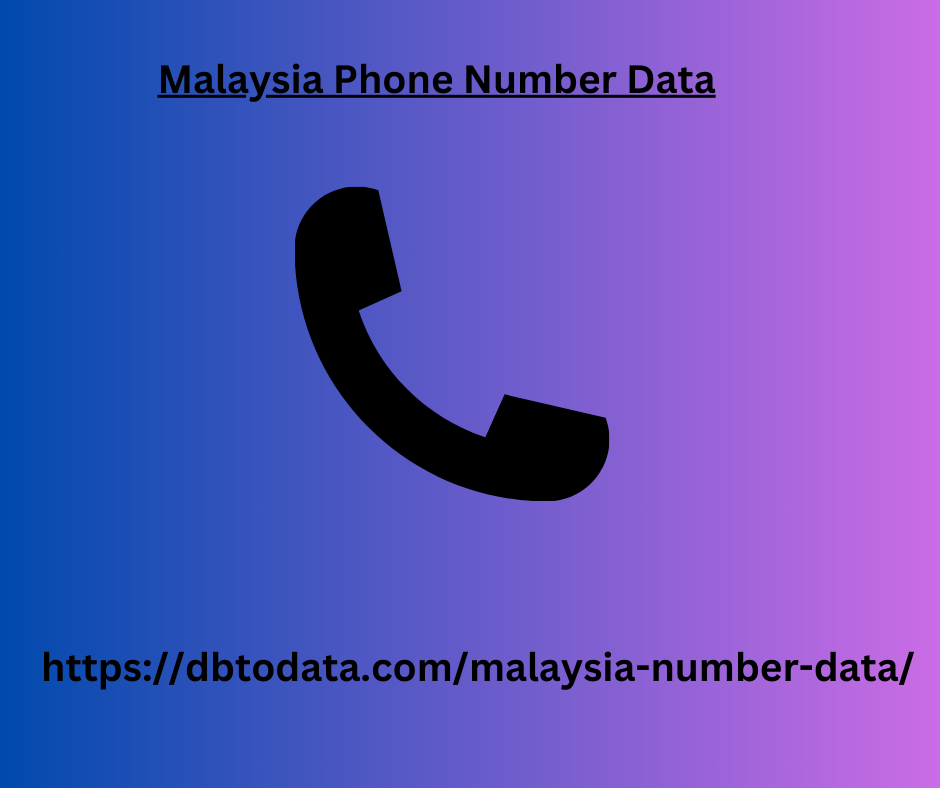|
|
During driving, the vehicle bumps and shakes, and the line of sight will continue to shift within a certain range. The AR-HUD projection seen may move and float away from the road environment, which may easily cause dizziness and even misunderstanding of information. AR-HUD is easily affected by the environment outside the car. Light intensity, weather conditions, obstruction by objects in front, etc. may cause poor display results. In order to cope with these situations, from a design perspective, elements on AR-HUD generally use highly saturated,
high-contrast colors or translucent color blocks such as red, yellow, blue, and Malaysia Phone Number Data green, and the color semantics are consistent with traditions such as instruments. For example, red indicates high emergency, yellow indicates warning, and green indicates normal operation or safety conditions. It is recommended not to use more than four colors for semantic encoding to avoid . Different brands of AR-HUD also express the relationship between visual elements through changes in size, color brightness, spatial perspective, and

position and direction arrangement, shape the visual weight of differentiating interface elements, and build visual hierarchy. Restricted by objective factors such as cost and volume The development of AR-HUD is also subject to cost and size issues. Whether it is HUD or ARHD, the particularity of its optical structure determines that it is difficult to produce in large quantities and standardized, and it needs to be customized for a car, so the cost is high. As for the size, the overall size of the AR-HUD device is larger than that of W-HUD and C-HUD.
|
|